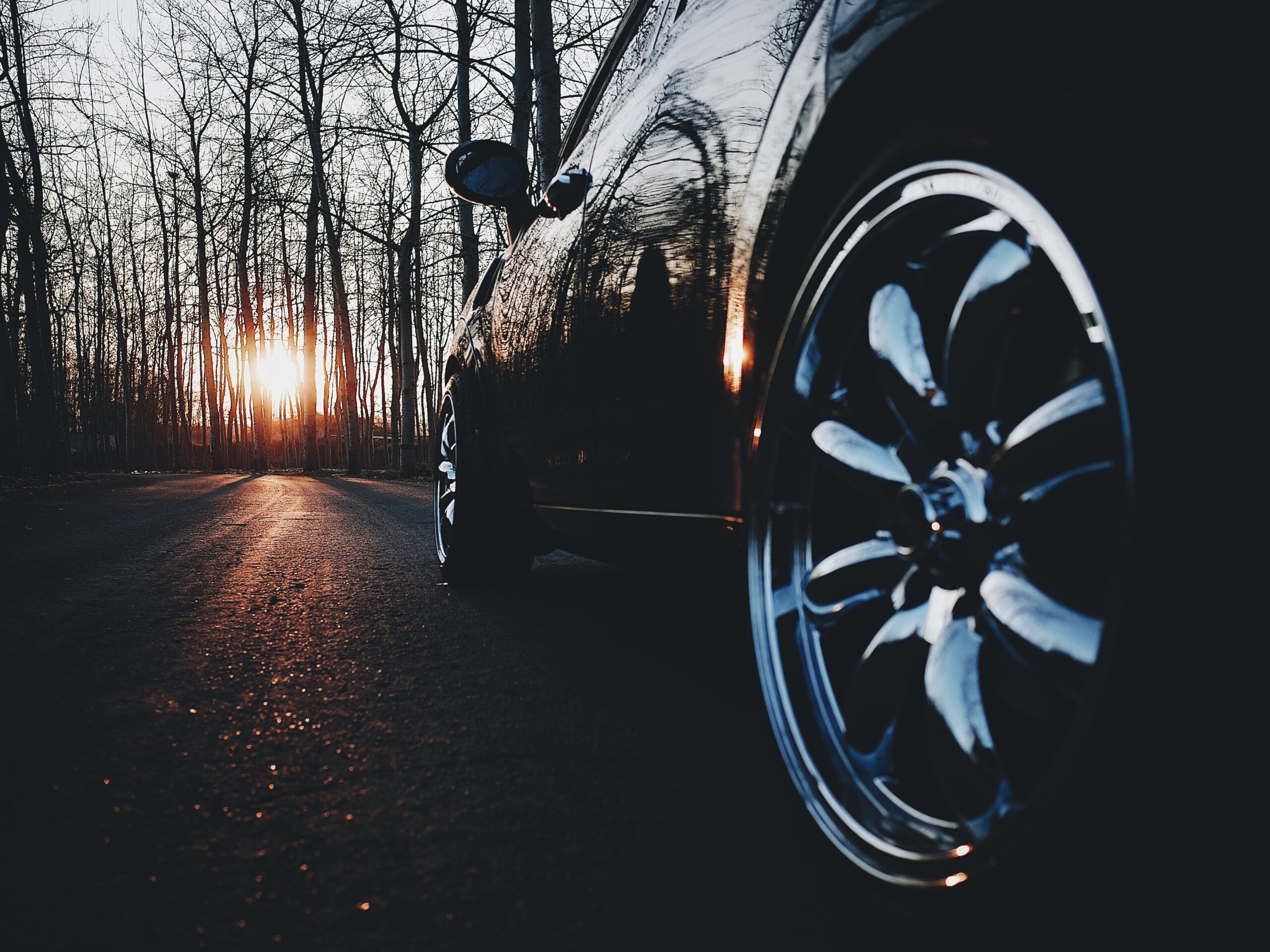Window Tint in New York: How Dark is Too Dark?
Without realizing it, you likely see cars every day which have tinted windows. Darkening a car’s windows can provide benefits, such as keeping the car cooler and protecting the interior surfaces from fading. Additionally, it may help reduce glare and protect against damaging UV rays.
However, tinted windows can reduce a driver’s vision, impacting their ability to drive safely. As such, states – including New York – have laws which limit the amount of tint that can be put on a vehicle’s windows.
New York’s Law on Vehicle Window Tint
Under Vehicle & Traffic Law § 375(12-a)(b), certain windows in a vehicle cannot have a tint of more than 30%. This means they must allow light transmittance of at least 70%.
- The windshield (except for the uppermost six inches)
- The side windows
- The rear side windows, if the vehicle is a station wagon, sedan, hardtop, coupe, hatchback, or convertible
- The rear window, unless the vehicle is equipped with side mirrors that can provide a clear and full view of the road and condition of traffic behind the vehicle
A ticket issued pursuant to Vehicle & Traffic Law § 375(12-a)(b) will incur fines and surcharges. However, it will not result in any points as it is a non-moving violation.
Additionally, New York requires that windows be tested during annual vehicle inspections. If a window is excessively darkened, it will fail inspection. Even if the tint on the windows is factory-installed, this may result in a violation.
Note that certain individuals may qualify for exemptions from the state’s tinting limits. For these individuals, they can apply to the DMV for a tinted window exemption if, for medical reasons, they must be shielded from direct sunlight.
Recent Case Law on Vehicle Window Tint
In 2018, Samual Nektalo was stopped in New York City by two police officers. According to the detective, the vehicle had “excessively tinted windows” but failed to elaborate any further on what that meant. After arresting the defendant for having marijuana, which was still illegal at the time, the officers found two bags of cocaine on Mr. Nektalo.
In court, Mr. Nektalo moved to suppress the drugs, arguing that the officers lacked probable cause to stop his car on the basis of the tint violation. However, the trial court denied the suppression motion and the defendant later pleaded guilty to Criminal Possession of a Controlled Substance in the Seventh Degree.
On appeal, the Court of Appeals reversed. The high court noted that the detective had not testified that the windows were so dark that he couldn’t see into the car, nor that he he had training and experience in identifying illegally tinted windows. Additionally, the detective had not measured the windows with a tint meter to provide objective evidence on the darkness of the windows. As such, the detective’s belief that the windows were excessively tinted was conclusory, and the drugs should have been suppressed.
References:
- Vehicle & Traffic Law § 375, Equipment. Available at: https://www.nysenate.gov/legislation/laws/VAT/375 (last accessed June 20, 2024).
- People v. Nektalov, 2024 NY Slip Op. 02725 (May 16, 2024). Available at: https://www.nycourts.gov/reporter/3dseries/2024/2024_02725.htm (last accessed June 20, 2024).
Image: CC0 License

